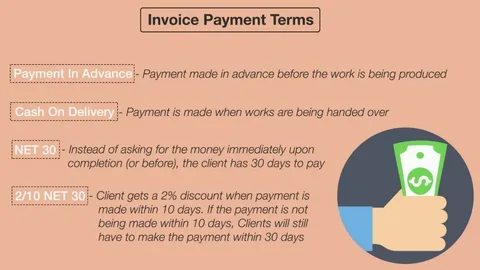Introduction to Small Amount Payments
In today’s fast-paced world, small amount payments have become increasingly relevant, providing consumers and businesses with flexible transaction options. Small amount payments refer to transactions involving relatively low sums of money, often made for goods or services. With the rise of digital payment methods, such as mobile wallets and online banking, the ease of making these minor transactions has grown significantly. This convenience allows customers to engage in various activities—from purchasing coffee to subscribing to digital content—without the burden of carrying cash or using traditional payment methods. In essence, small amount payments cater to the modern consumer’s need for speed and simplicity in their financial dealings.
The Importance of Small Amount Payments for Consumers
Small amount payments play a crucial role in enhancing consumer experience. For individuals, these transactions allow for quick and easy purchases, particularly in a world where time is of the essence. The ability to make small payments online or through mobile applications means that consumers can enjoy their favorite products and services without the hassle of complex payment processes. Moreover, these transactions often come with lower fees compared to larger payments, making them economically viable for both consumers and service providers. This affordability encourages users to explore new platforms and services, creating a thriving marketplace for businesses that cater to their needs. Ultimately, small amount payments empower consumers, giving them the flexibility to manage their finances in a way that suits their lifestyle.
Business Perspectives on Small Amount Payments
From a business standpoint, small amount payments offer significant advantages. They can enhance customer satisfaction and loyalty by providing seamless transaction experiences. For businesses, the ability to accept small payments—whether through digital wallets or contactless cards—can increase sales volume and encourage impulse purchases. This is especially true in sectors like food and beverage, where convenience is key. Furthermore, adopting technology that supports small transactions can attract a broader customer base, including those who prefer low-cost, on-the-go purchases. However, businesses must also navigate the associated costs, such as transaction fees from payment processors, ensuring that the benefits outweigh these expenses. By optimizing their payment systems, companies can effectively capitalize on the growing trend of small amount payments, ultimately driving revenue and growth.
Future Trends in Small Amount Payments
Looking ahead, the landscape of small amount payments is set to evolve further with advancements in technology and changing consumer preferences. Innovations such as cryptocurrency and blockchain technology are beginning to impact how small transactions are processed, potentially offering lower fees and increased security. Additionally, the integration of artificial intelligence and machine learning into payment systems could streamline the transaction process, making it even faster and more efficient. As more consumers adopt contactless payment methods and digital wallets, businesses will need to adapt to meet this demand. The rise of subscription-based models also highlights the importance of small amount payments, allowing consumers to pay for services incrementally rather than in large, one-time sums. This shift not only benefits consumers by providing flexibility in payments but also creates a steady revenue stream for businesses. Overall, the future of small amount payments is promising, with a focus on convenience, security, and integration into the everyday financial lives of consumers.
In conclusion, small amount payments are transforming the way we engage in financial transactions. They offer convenience to consumers, enhance business opportunities, and are poised for significant growth with technological advancements. Understanding the dynamics of these transactions can help both individuals and businesses leverage their potential to create a more efficient and user-friendly payment ecosystem.문화상품권카드
